The sight of a cat squeezed impossibly tight into a box has become one of the internet’s most beloved phenomena. From viral videos to countless memes, cats sitting in boxes that seem far too small for them never fails to bring a smile. This peculiar feline behavior isn’t just cute entertainment though. Beneath this seemingly simple preference lies a fascinating world of psychology, biology, and instinct.
While we might see a discarded Amazon delivery box as nothing more than cardboard trash, our cats view it as premium real estate. The compulsion to claim these spaces runs so deep that cats will choose boxes over expensive beds, toys, and furniture specifically designed for their comfort. Let’s explore the remarkable science behind this endearing quirk.
The Security Sanctuary: Psychological Safety in Small Spaces
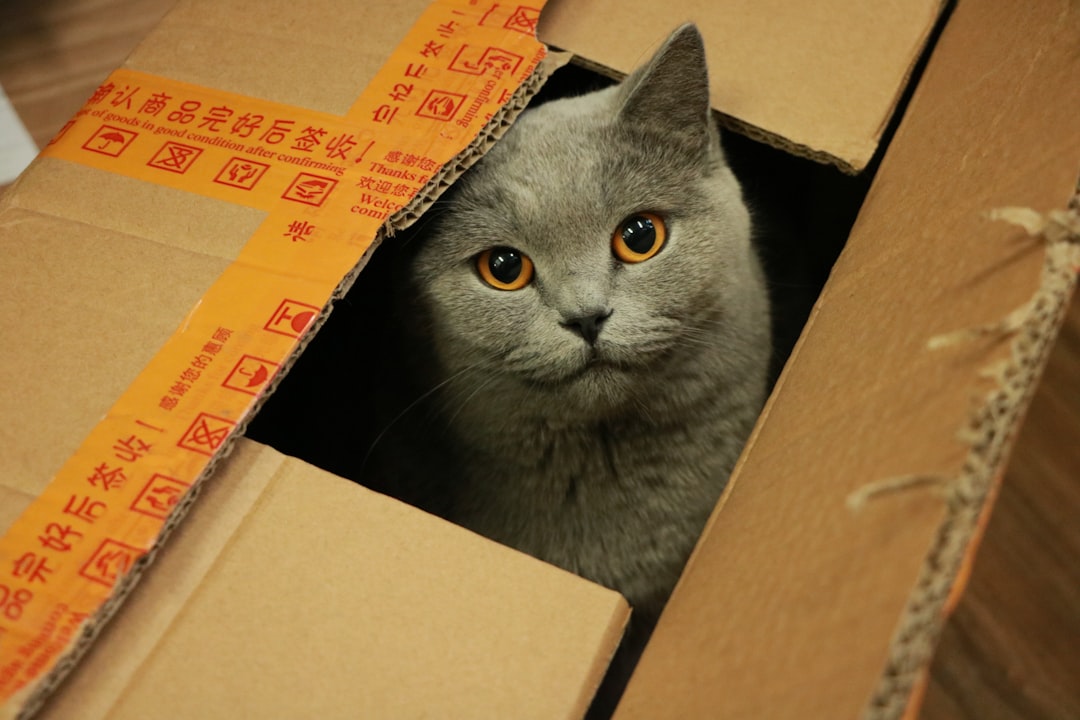
When cats slip into boxes, they’re essentially creating their own personal fortress. These confined spaces make them feel safer and more secure, all tucked up in a tiny space. Think of it as nature’s equivalent to a security blanket for humans.
The psychological benefits go far beyond simple comfort. Research has shown that newly arrived cats provided with hiding boxes show significantly lower stress levels compared to cats without boxes, and this simple device can improve welfare in quarantine situations. Studies on shelter cats published in Applied Animal Behaviour Science indicate that hiding inside boxes helps reduce stressful behaviors and harmful hormone levels, with stress levels decreasing significantly faster than cats not given boxes.
Ancient Instincts: The Predator’s Perfect Hideout
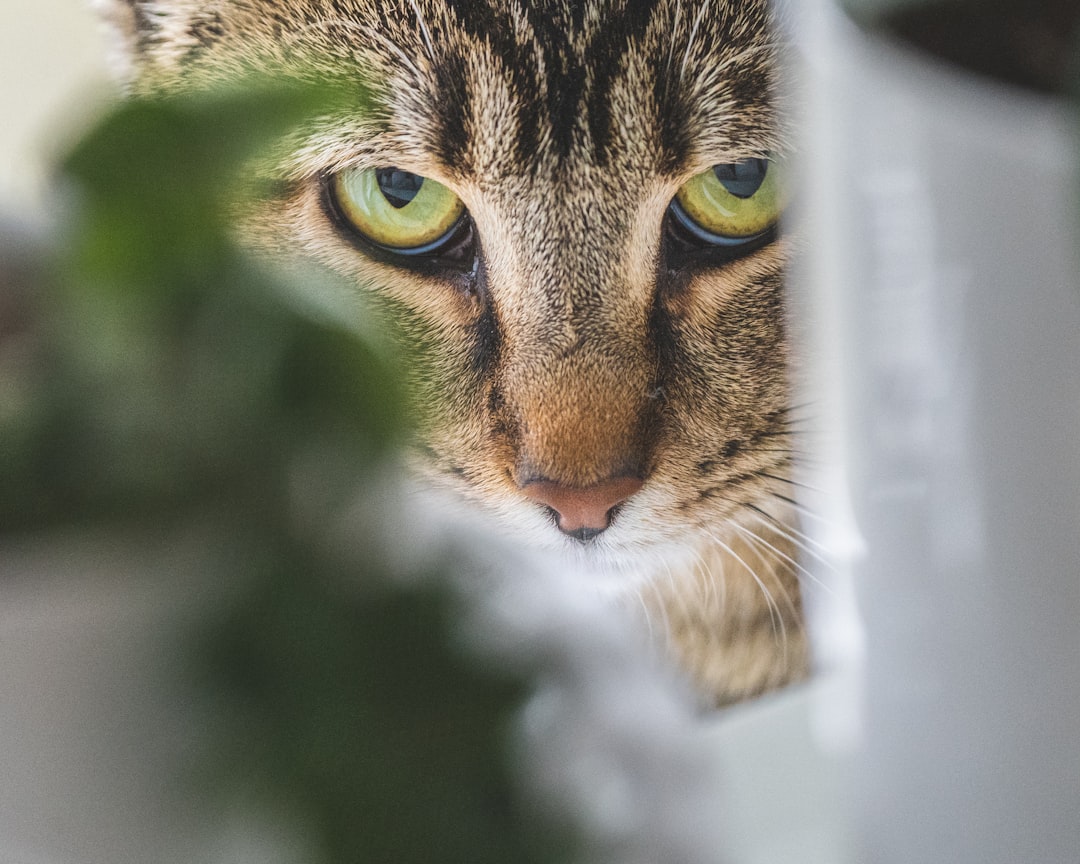
Cats are ambush predators and finding confined places where they can hide, hunt prey and feel safe and warm is an instinctive behavior. Even though your house cat hasn’t hunted anything more dangerous than a dust bunny lately, these ancestral drives remain incredibly strong.
In the wild, cats are predators who must be stealthy to catch their next meal, which often involves hiding in small spaces where they can’t be seen, crucial for survival as it helps them sneak up on unsuspecting prey. Cats in the wild are also prey for some animals, and a tight enclosure helps keep them out of sight, whether they’re stalking a mouse or preparing a sneak attack on your legs as you walk by.
Temperature Control: The Perfect Thermal Zone
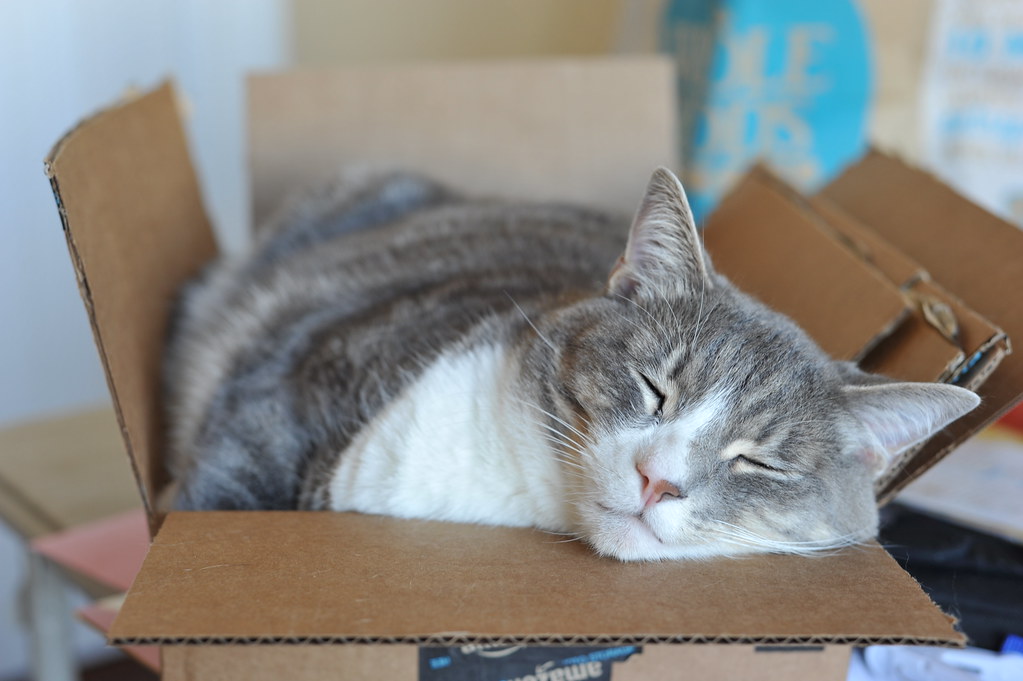
Studies have found that cats are most comfortable in temperatures between 86 and 97 degrees Fahrenheit, but most homes are kept at around 72 degrees, so boxes act as insulators and trap body heat allowing cats to enjoy tropical temperatures. Snuggling in boxes becomes a clever way for cats to stay warm and toasty.
In a box, a cat has to curl up into a ball in order to fit, which keeps them tight and cozy. This natural insulation system allows them to conserve precious body heat without relying on external heating sources. It’s essentially a personalized climate control system made from corrugated cardboard.
Stress Reduction: The Ultimate Anxiety Relief

Research at the University of Utrecht studied newly arrived shelter cats, with 10 cats given cardboard boxes while nine others in the control group were not given boxes, confirming that boxes provide security and the study provided psychological insight into this behavior. The results were remarkable in demonstrating the stress-reducing power of simple hiding spaces.
A study in PLOS ONE showed that cats coming into a Dutch animal shelter utilized cardboard boxes for comfort and to adapt to scary situations, with the study revealing that cats suffered from chronic stress beforehand and the boxes helped, as hiding enrichment decreases behavioral stress and offers emotional protection. This research proves that what looks like quirky behavior actually serves as legitimate emotional therapy.
The Scratching Paradise: Texture and Territory

There’s a reason why most scratching posts are made out of cardboard, as cats love the feel of boxes, making them the perfect place for a cat to claw and scratch their nails, which humans love too since it means less scratching on the furniture. The corrugated texture provides the ideal resistance for their claws.
Another reason cats love boxes is that they provide a place to scratch their nails, with felines loving the feel of the box as a great place to chew and claw, and when a cat chews on the flaps or sides of the box, it’s their way of scent-marking with their pheromones. Through this behavior, they’re essentially claiming ownership and making the space truly theirs.
Emotional Regulation: Processing Feelings Through Hiding

According to veterinary behaviorist Nicholas Dodman, hunkering down in small enclosed spaces is a kind of “swaddling” behavior left over from cuddling up with their moms and littermates when they were kittens. This connection to early comfort experiences helps explain why boxes feel so naturally soothing to adult cats.
Research has shown that having the choice to hide when needed helped cats in stressful situations cope better and recover from stress faster. When cats feel overwhelmed, boxes become their personal retreat centers where they can process emotions and regain composure without external pressure or interference.
The Illusion Fascination: Even Fake Boxes Work

Cats like boxes so much that they even fall for fake boxes, with researchers from Hunter College finding that cats will happily sit in illusory squares. Studies found that cats chose to sit in squares made of tape on the floor or in Kanizsa squares more often than controls, demonstrating cats’ ability to recognize the illusion of a square and treat it the same as they would a three-dimensional box.
Research published in Applied Animal Behavioral Science indicates that cats love to sit in boxes even when it’s only a two-dimensional outline shaped like a box on the floor, with the working theory being that cats see a shape with borders as protection from dangerous situations. This suggests their box obsession goes beyond physical comfort to something more fundamental in how they perceive safety.
Thermoregulation Science: The Biology of Warmth Seeking
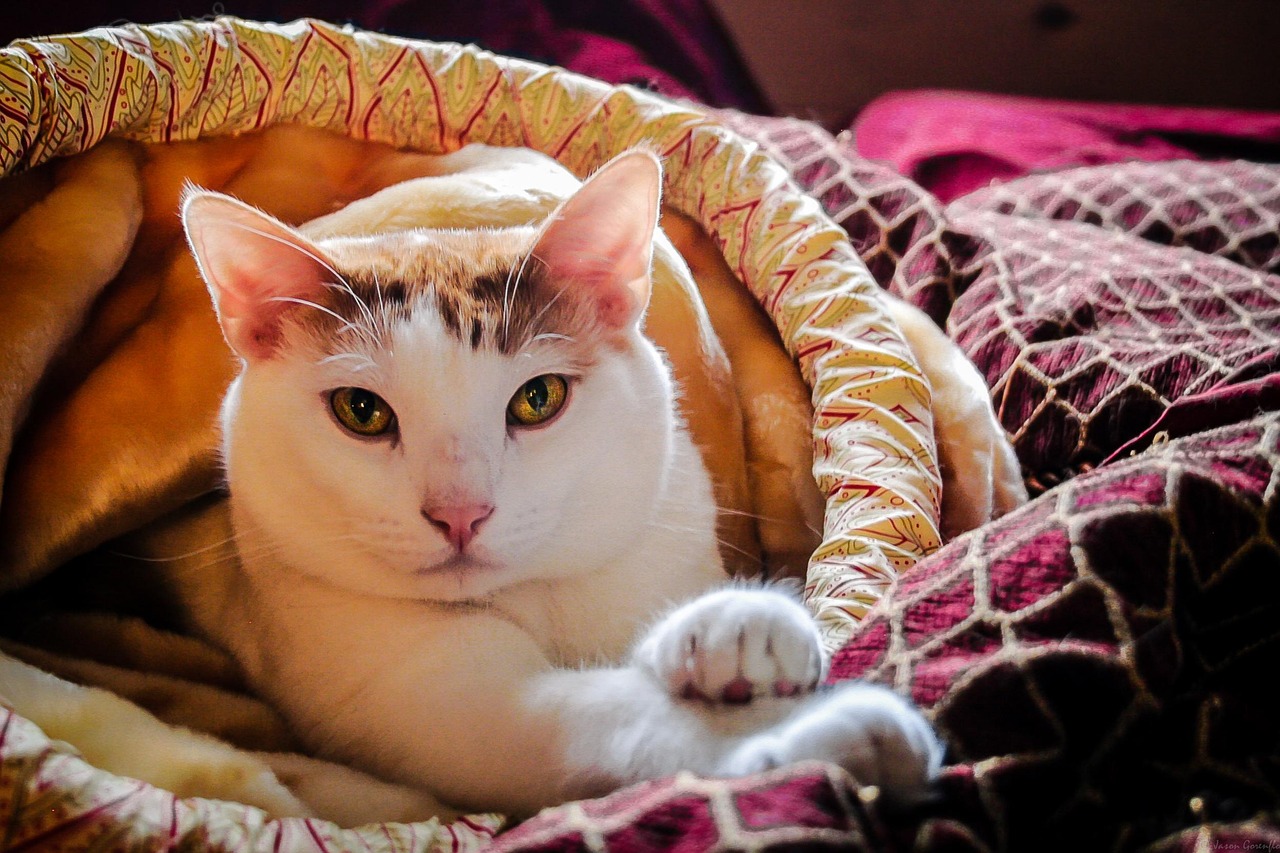
Cats are warm-blooded and maintain their body temperature between 100.5 and 102.5 degrees Fahrenheit, with the range between upper and lower normal temperatures referred to as the interthreshold range, and when body temperature is within that range, no thermoregulatory responses are triggered.
Cats instinctively seek warm places and curl up to conserve heat in cold conditions, while in contrast, they look for cool, shaded areas and stretch out to dissipate heat in warmer environments. Metabolically, cats can adjust their rate to suit temperature changes, increasing their metabolic rate in cold conditions to generate more body heat, while in hot weather their metabolism might slow down, reducing internal heat production.
Privacy and Solitude: The Need for Alone Time

Some cats simply don’t want to be bothered, especially when there’s company in the home they don’t know, making them uncomfortable, so instead of trying to get to know guests, they hide in boxes, or they want to get away from other pets and deduce that the cardboard box is their best option.
Cats like being alone and they like their quiet time, which is why it’s important to respect their space by allowing an area of the house that is only accessible to your cat and providing them with places to hide, climb or play where they won’t be interrupted. Boxes offer the perfect solution for this fundamental feline need for solitude and personal space.
Environmental Enrichment: Mental Stimulation Through Simple Pleasures
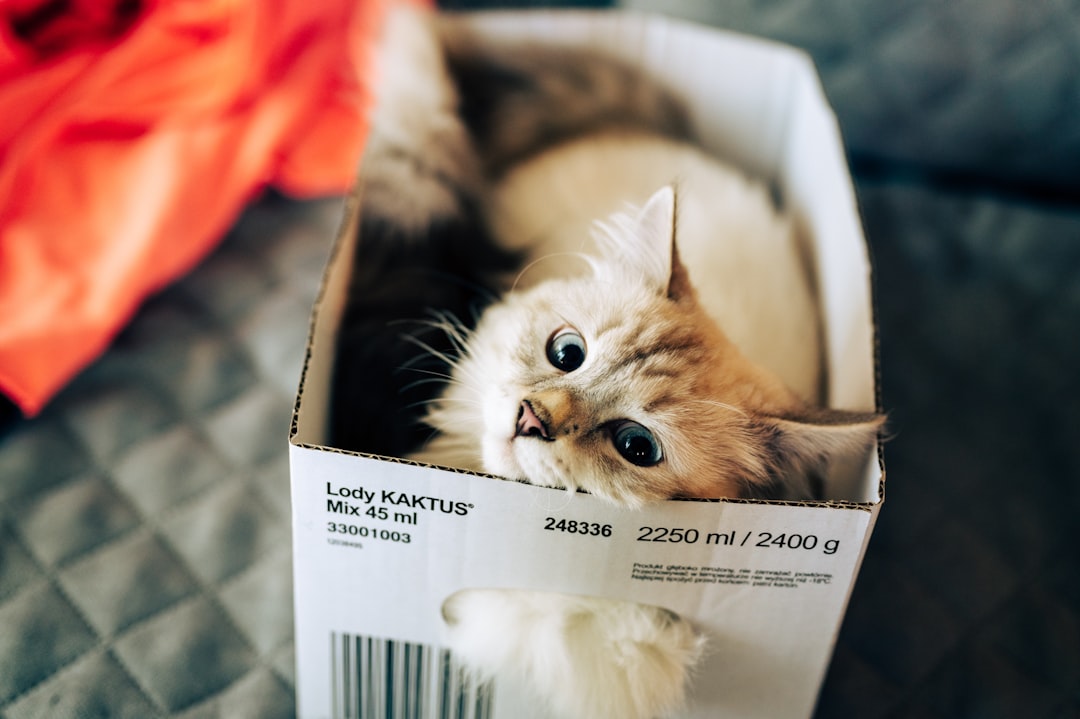
While the appeal of boxes for cats is rooted in instinctual behaviors, there’s also a psychological aspect to their fascination with these confined spaces, as boxes provide environmental enrichment, offering a novel and stimulating environment to explore and interact with, which is essential for a cat’s mental and emotional well-being.
Veterinary behaviorist Nicholas Dodman writes that cats need boxes or other vessels for environmental enrichment purposes. If you could find one item for your life that provides warmth and comfort, offers a great place to nap, destresses your life and lets you exercise your most compulsive hobbies, wouldn’t you spend as much time there as possible? That’s what boxes do for cats.
The humble cardboard box represents far more than simple feline entertainment. It serves as a multifunctional tool that addresses deep-seated psychological, biological, and behavioral needs that have been hardwired into cats for thousands of years. From stress reduction and temperature regulation to predatory instincts and emotional processing, boxes provide a perfect storm of comfort that appeals to nearly every aspect of feline psychology.
Understanding this behavior helps us appreciate the complexity of our cats’ inner lives and reminds us that sometimes the most meaningful gifts don’t come with a price tag. The next time you see your cat contentedly squeezed into an impossibly small box, you’re witnessing the beautiful intersection of ancient instinct and modern comfort psychology in action. What do you think about your cat’s box obsession now? Tell us in the comments.





